Non-Touch Screen Laptops:
These laptops do not have touch functionality and rely solely on a mouse, trackpad, or external input device for operation. They are ideal for traditional computing tasks where touch input is not necessary.
- Features:
- Usually lighter and consume less power than touch-screen models.
- Matte or glossy displays, often optimized for color accuracy or brightness.
- Best suited for professional or general use, where touch functionality is not required.
Touch Screen Laptops (Multitouch):
These laptops support touch input, allowing for interaction directly on the screen. Multitouch functionality further enhances usability by enabling multiple touch points simultaneously.
- Types of Touchscreens:
- Single-Touch: Supports input from one finger or stylus at a time (rare today).
- Multitouch: Recognizes multiple points of touch for gestures like pinch-to-zoom, scrolling, and more.
- Advantages:
- Ideal for creative professionals (designers, artists) and tablet-style use.
- Enhanced functionality with convertible 2-in-1 laptops.
- Frequently comes with higher-end features like stylus support and higher resolutions.
Differences Between Non-Touch and Multitouch Screens:
| Feature | Non-Touch Screen | Multitouch Screen |
|---|---|---|
| Touch Input | No | Yes (multiple touchpoints) |
| Responsiveness | Trackpad/Keyboard only | Direct interaction with screen |
| Battery Life | Longer | Slightly shorter due to touch hardware |
| Weight | Lighter | Slightly heavier |
| Use Case | Traditional tasks | Interactive/creative tasks |
Examples Based on Usage:
- Non-Touch: Office tasks, gaming, data processing.
- Multitouch: Creative work, presentations, education, hybrid tablet use.
Based on 0 reviews
Only logged in customers who have purchased this product may leave a review.
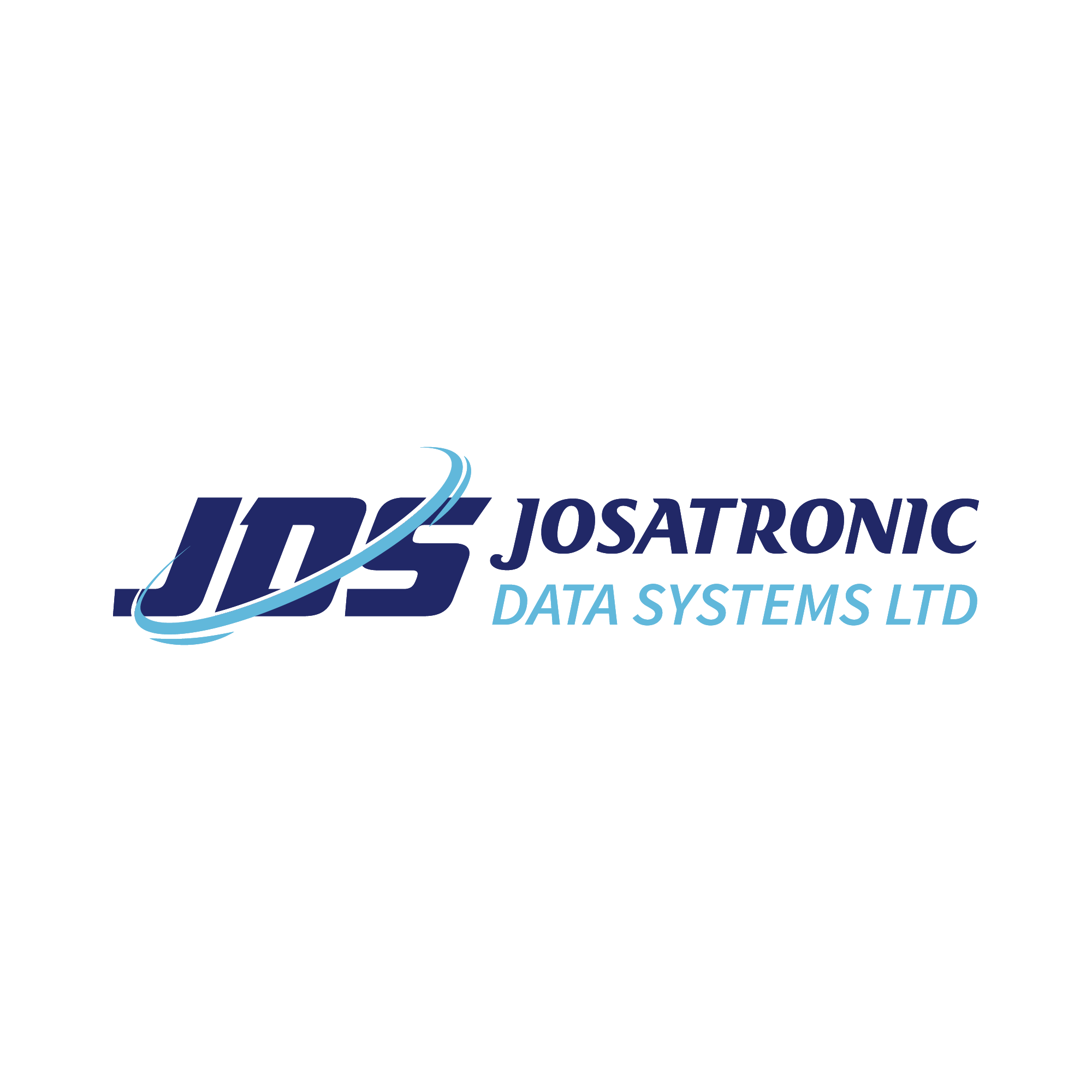


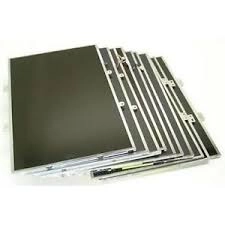
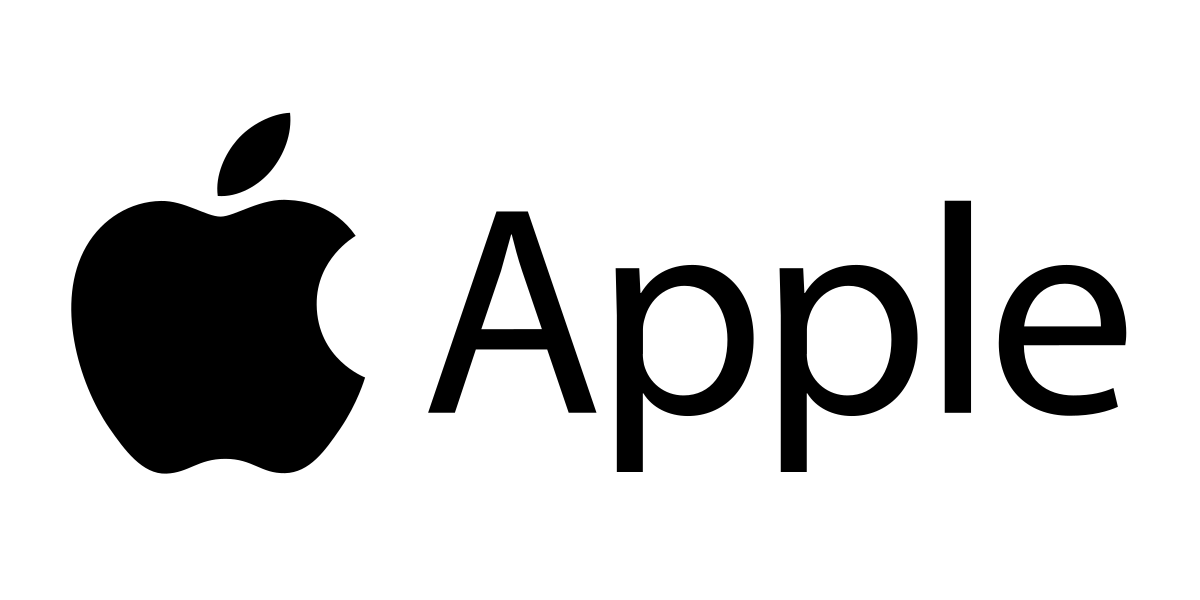
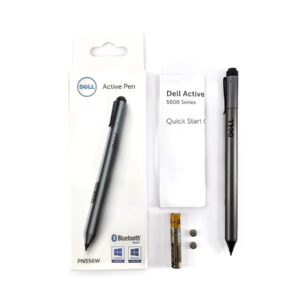
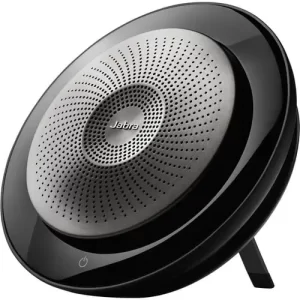
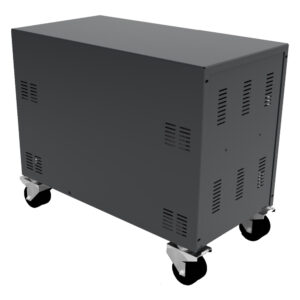

There are no reviews yet.